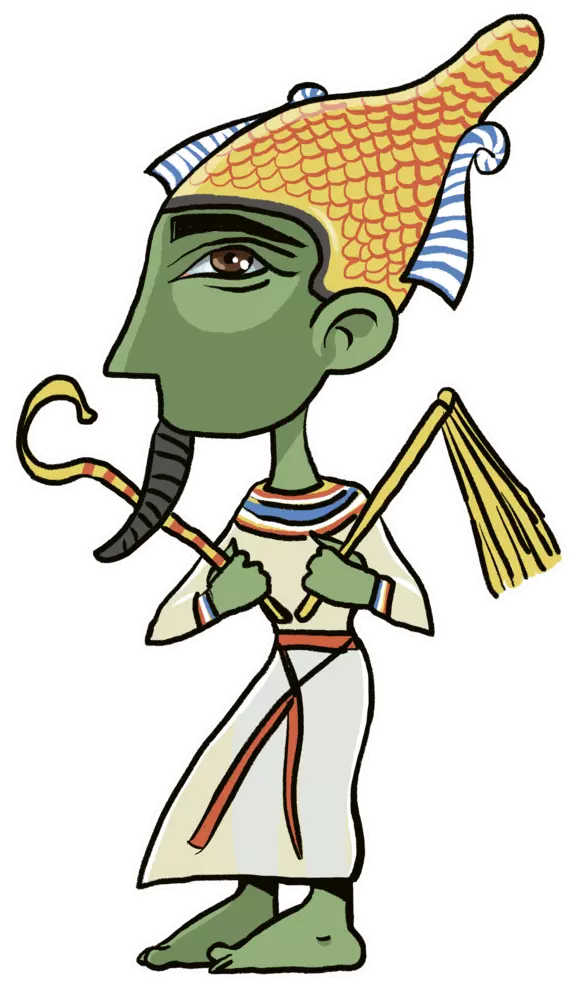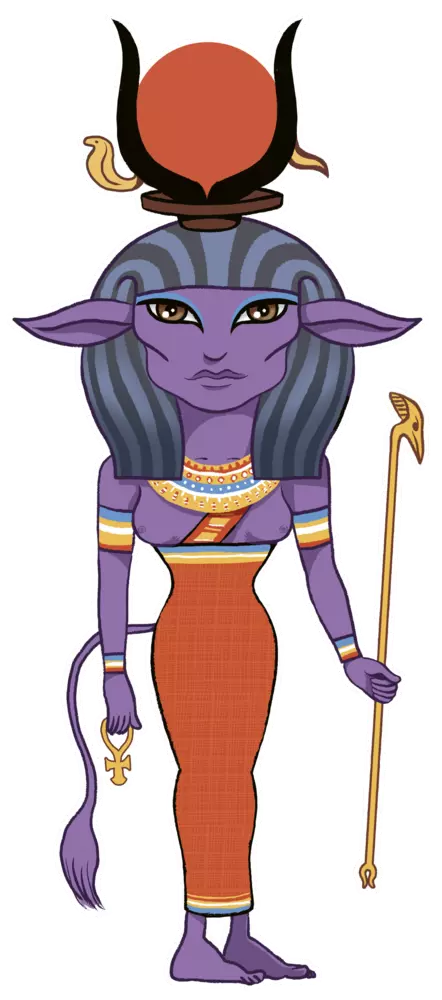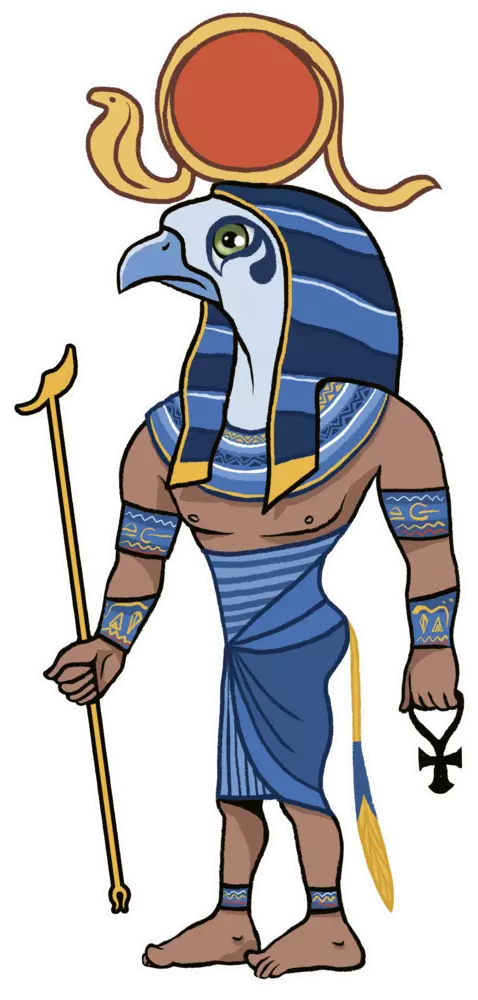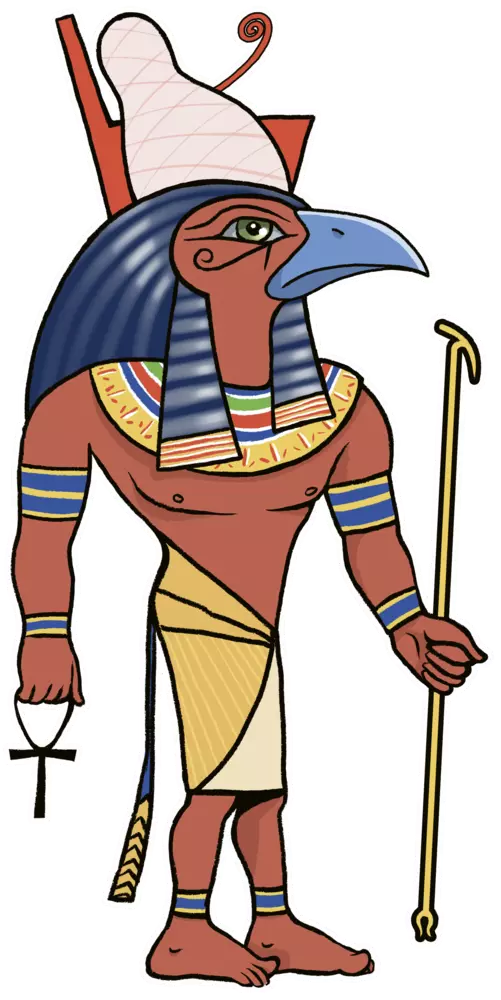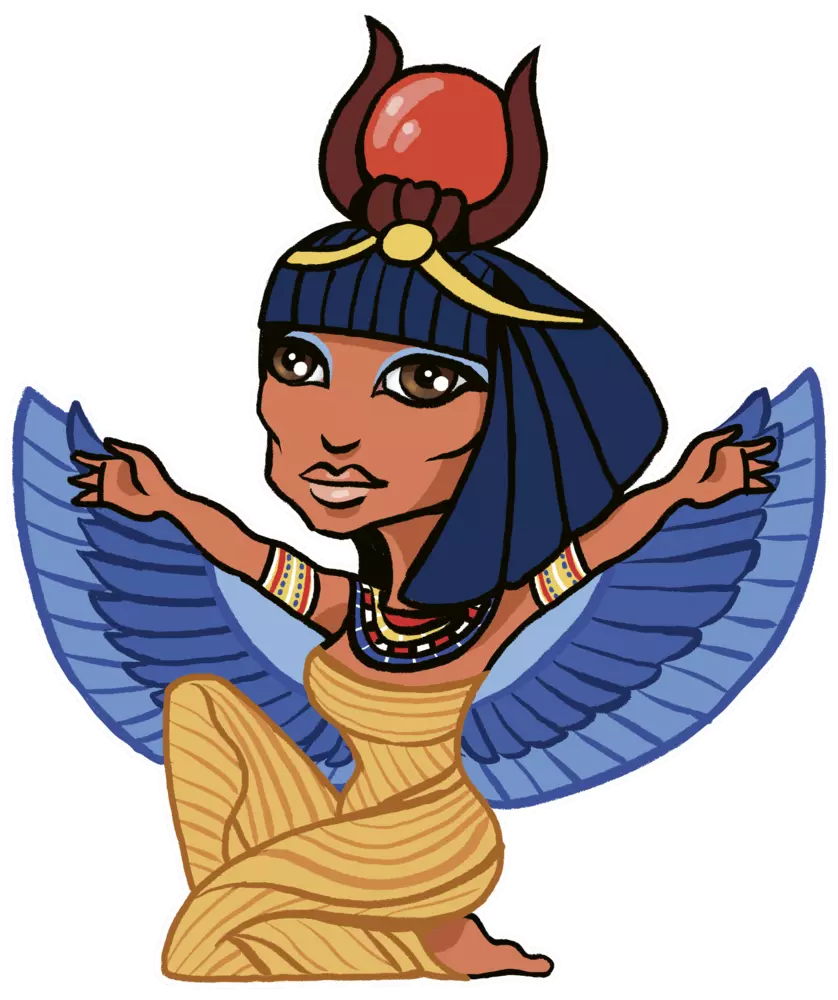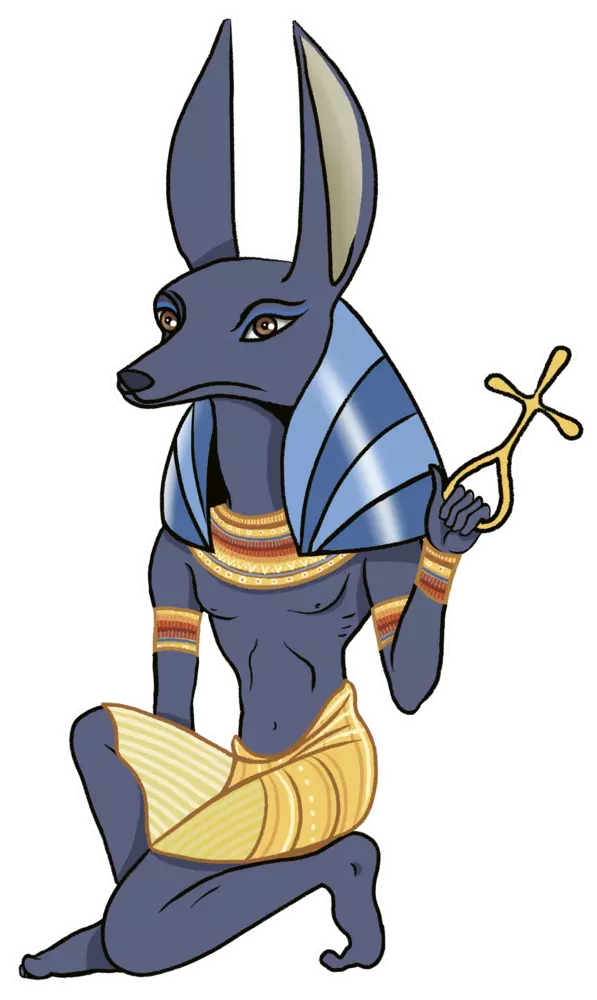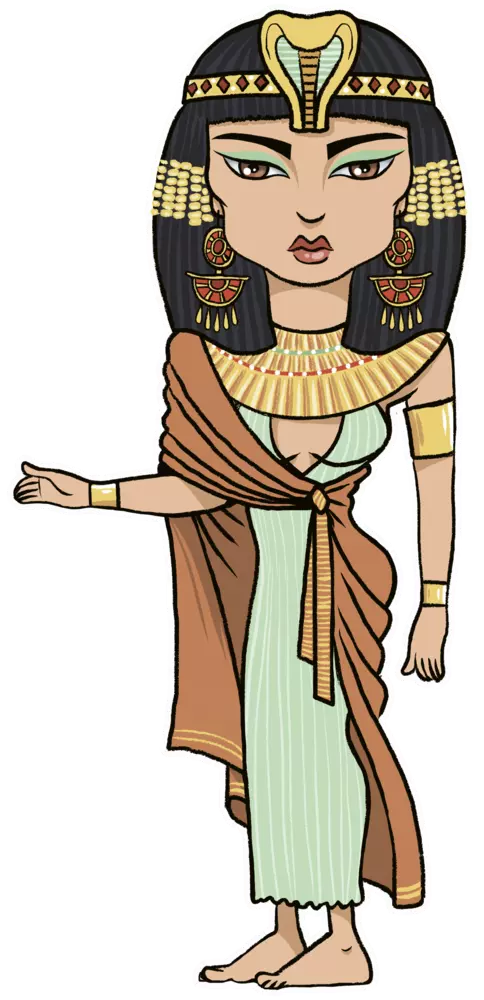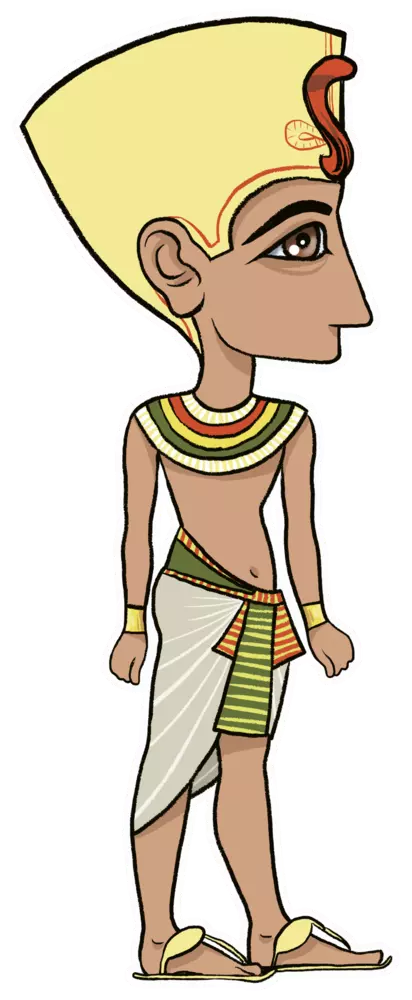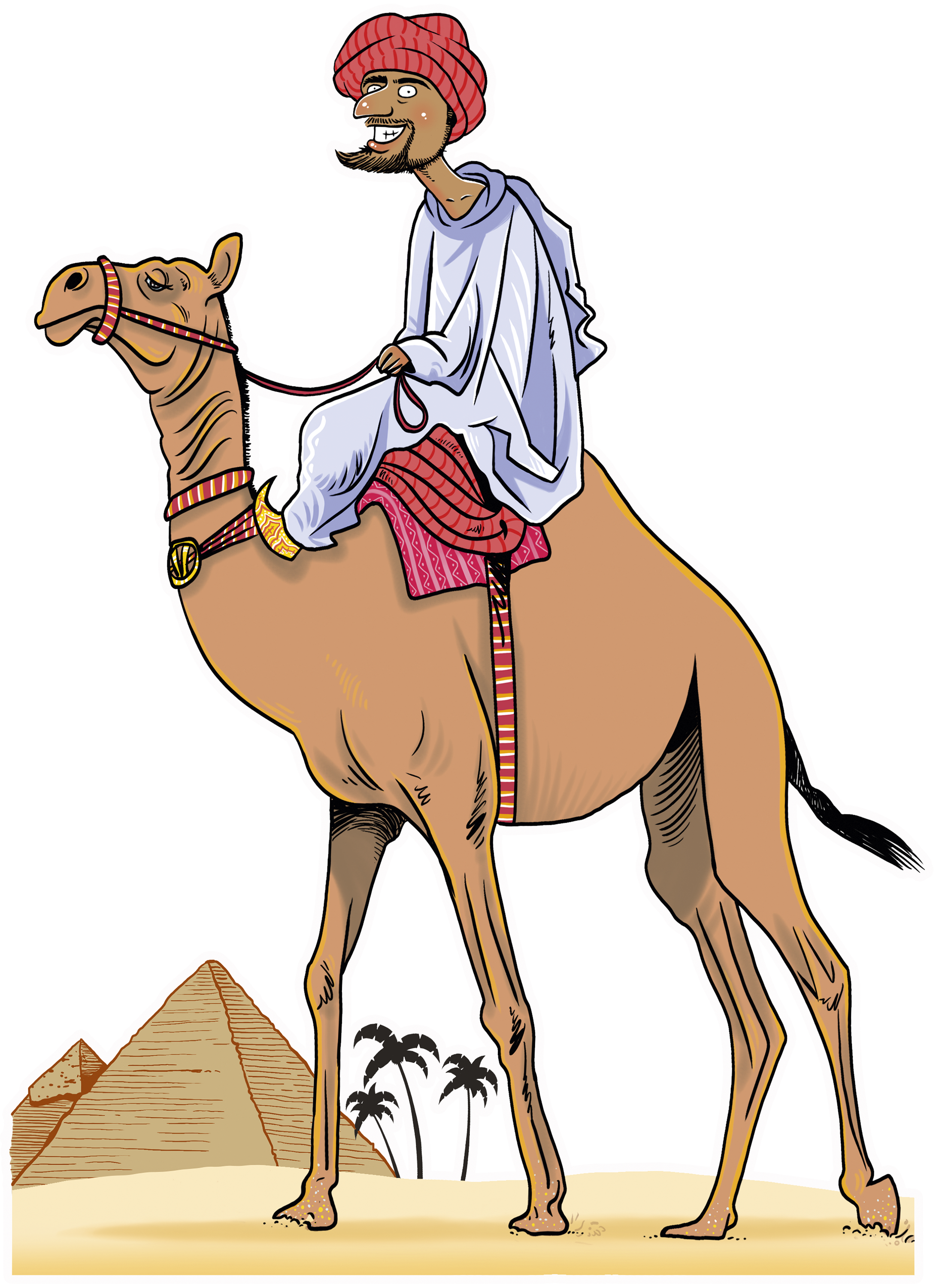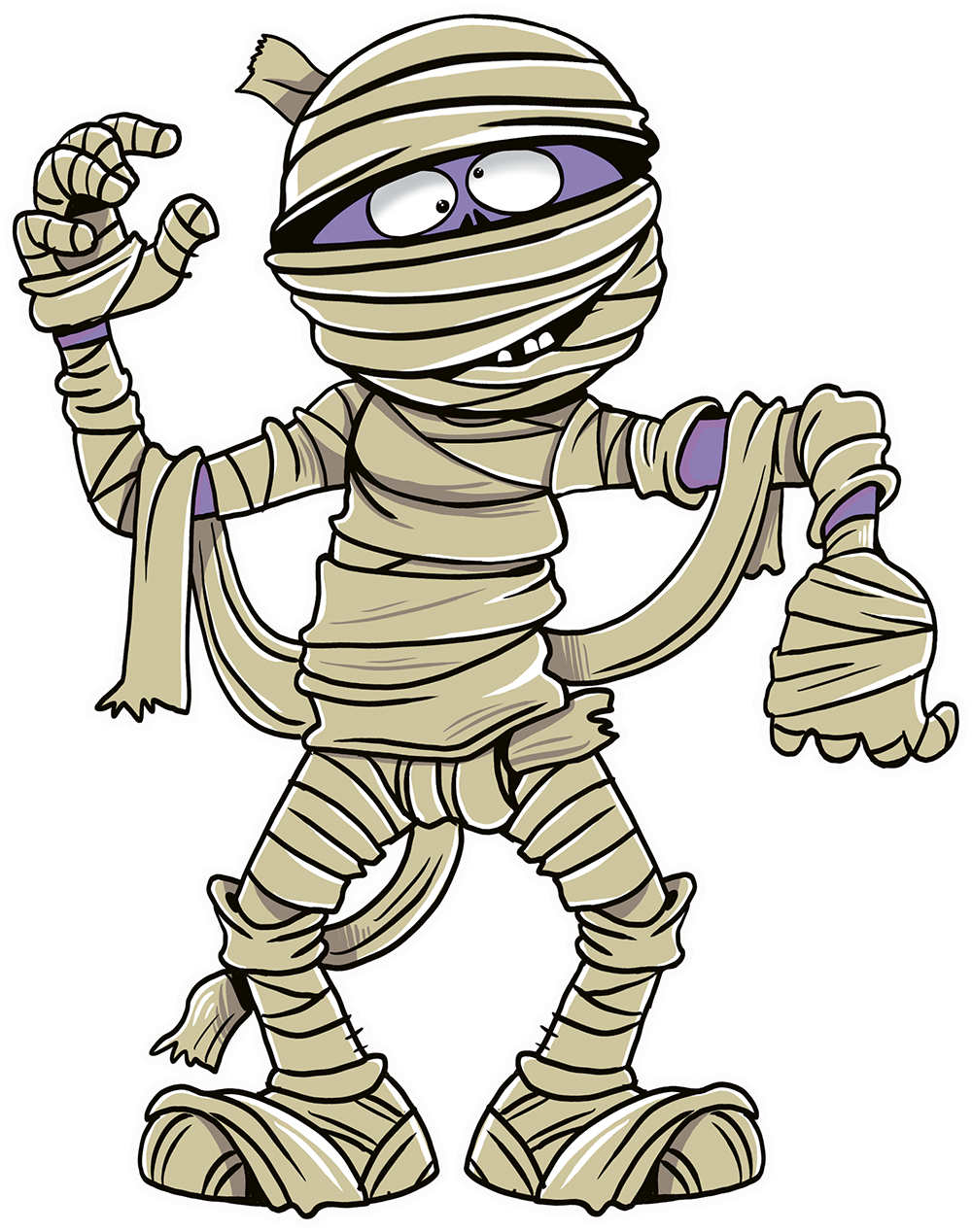BASTET
Bastet
THE EGYPTIAN GODDESS OF PROTECTION
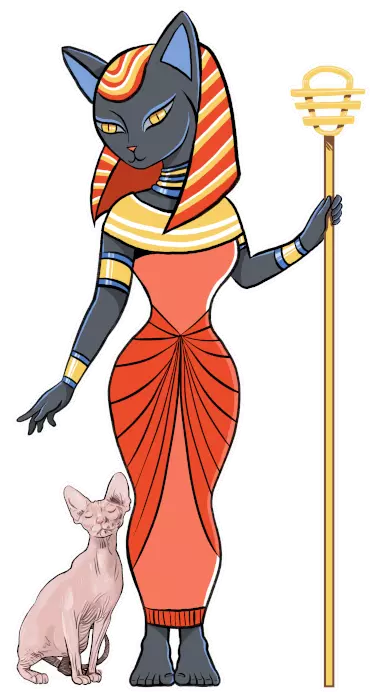
Bastet was the Egyptian Goddess of protection, pleasure and the bringer of good health. She had a female body and a head of a cat, while she was often depicted holding a ceremonial sistrum. She was the daughter of Ra, the God of the Sun. Bastet was also known as the Goddess of the moon and was associated with the eye of Ra. According to the myths, every day she would watch over and protect her father, who pulled the sun through the sky with his boat. During the night, she would turn into a cat, to protect Ra from the serpent Apep, his greatest enemy.

